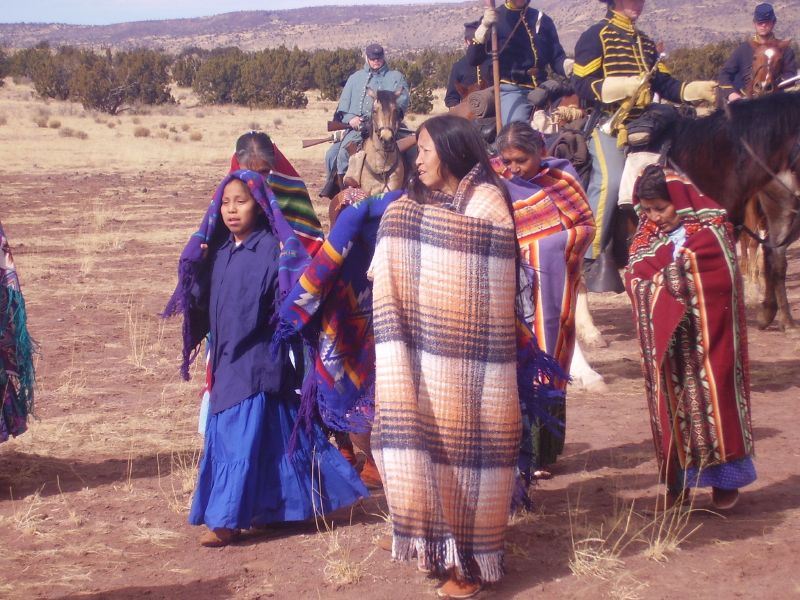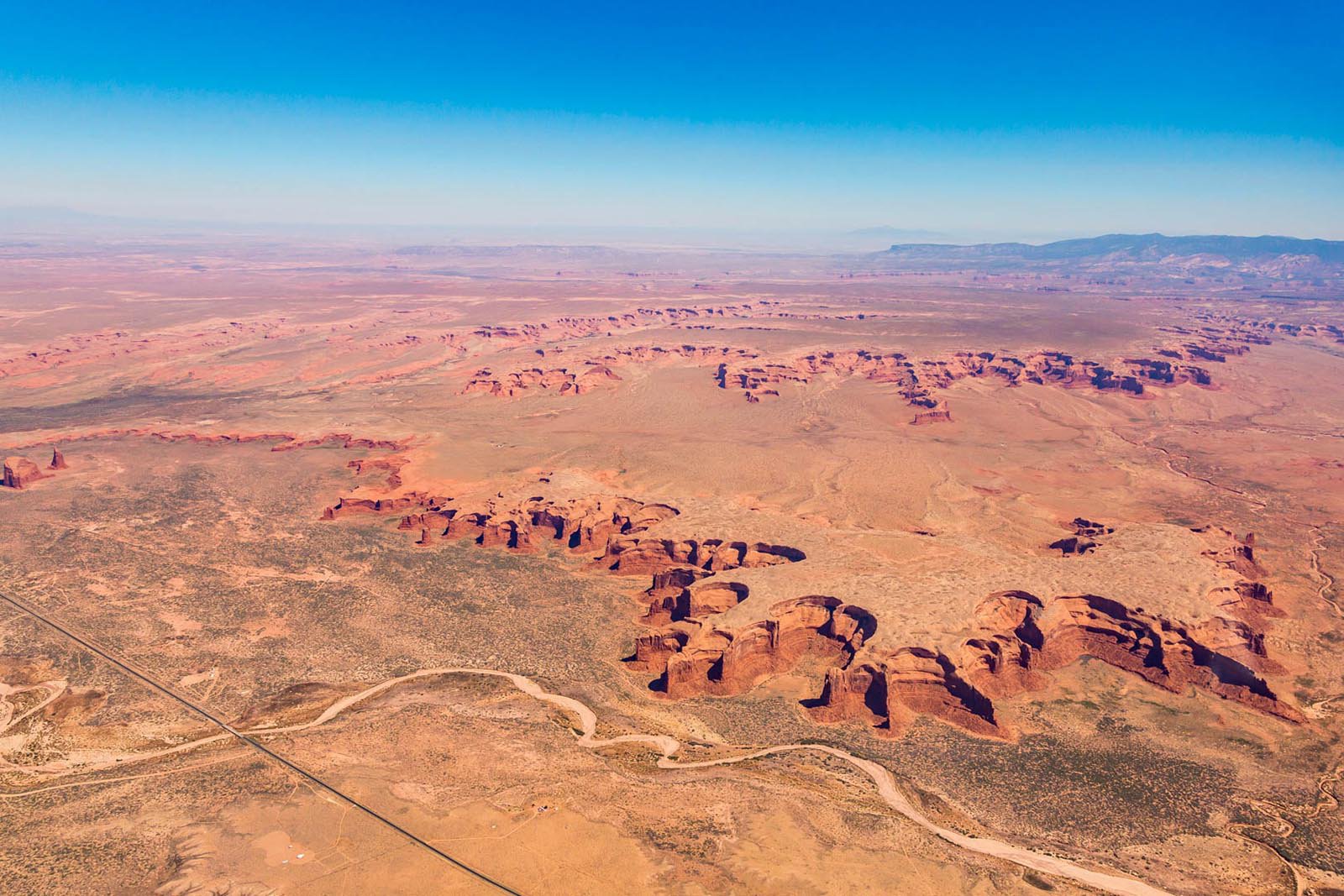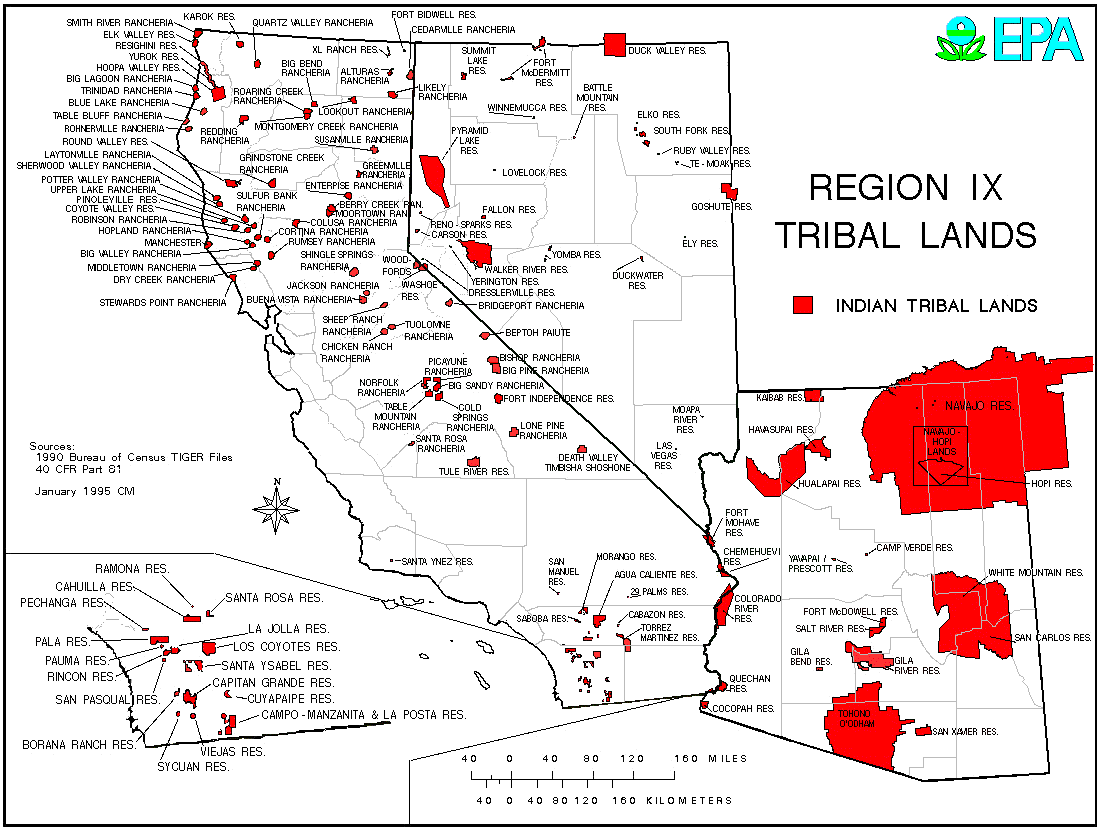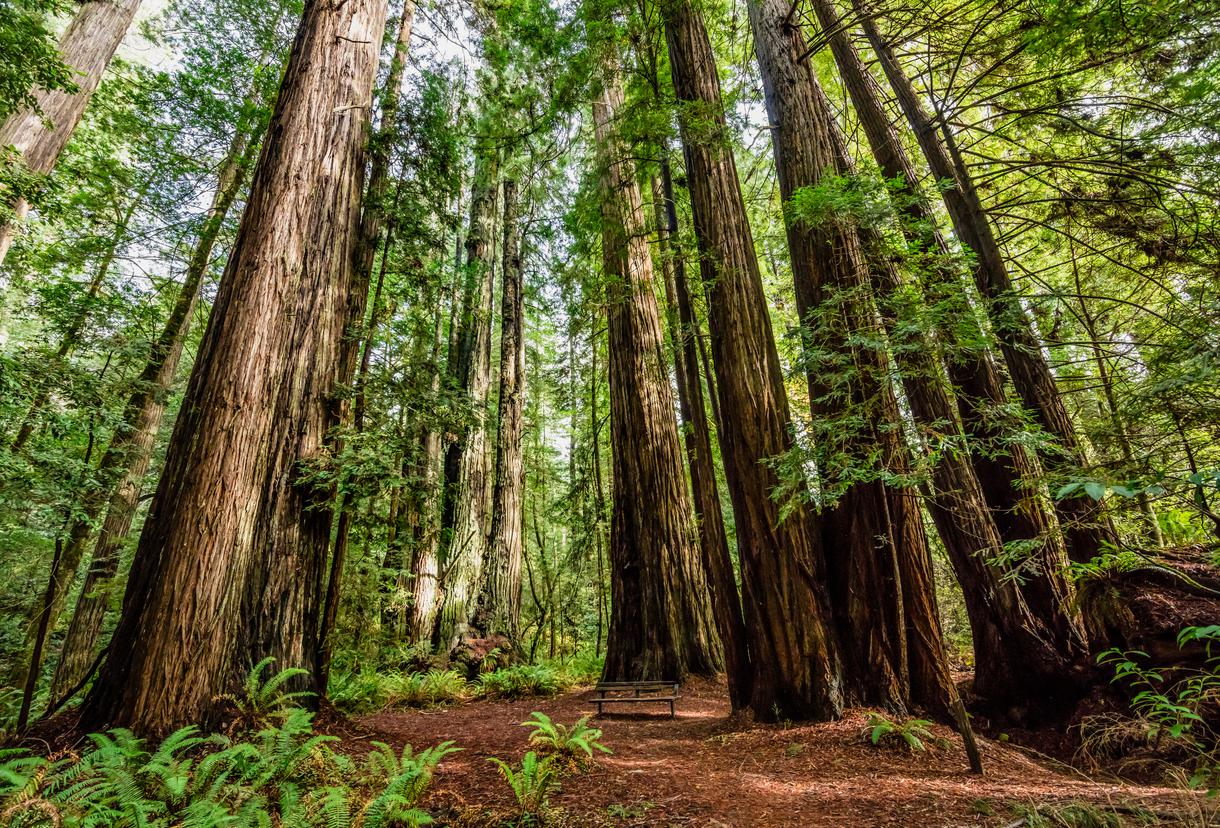The Land of the Navajo: A Journey Through the Largest Indian Reservation in the World
The Land of the Navajo: A Journey Through the Largest Indian Reservation in the World

The Navajo Nation. It’s a name that conjures up images of rugged landscapes, ancient traditions, and a resilient people who have called this vast expanse of land home for centuries. But beyond the romanticized notions, lies a complex reality. The Navajo Nation, spanning over 27,000 square miles across Arizona, Utah, and New Mexico, is the largest Indian reservation in the United States, and it faces a unique set of challenges and opportunities.
This article will delve into the heart of the Navajo Nation, exploring its history, culture, challenges, and the fight for self-determination that defines its present and future.
Related Articles: The Land of the Navajo: A Journey Through the Largest Indian Reservation in the World
- Unveiling The Tapestry: A Journey Through America’s Indian Reservations
- Uncover the Enchanting World of Washington State's Indian Reservations
- Uncover the Thrilling World of Indian Casinos in Montana
- Unlock the Secrets of Washington's Largest Indian Reservation: A Journey of Discovery
- Hercules: Where Time Stands Still (and The Wine Flows Freely)
A Legacy Woven from the Land
The Navajo people, known as Diné in their own language, have a rich and vibrant history deeply intertwined with the land they call home. For centuries, they thrived in a harsh yet beautiful landscape, adapting to its rhythms and developing a deep respect for the natural world. Their culture, steeped in traditions, stories, and ceremonies, reflects this connection.
The Navajo Nation is a place where the past whispers through the wind. Ancient ruins, like Chaco Culture National Historical Park, stand as testaments to a civilization that predates European arrival. The Navajo people have preserved their language, a complex and beautiful system of sounds and symbols, passing it down through generations. Their art, from intricate weaving to stunning silverwork, reflects their spiritual connection to the land and their mastery of traditional crafts.
A Complex History of Conflict and Resilience
The story of the Navajo Nation is not simply one of ancient traditions and enduring spirit. It’s also a story of conflict, displacement, and resilience. The arrival of European settlers brought with it a wave of disruption and violence. The Navajo people were forced to contend with encroachment on their land, disease, and the pressures of assimilation.
The infamous "Long Walk" of 1864, when the U.S. government forcibly relocated thousands of Navajo people to a desolate reservation in Bosque Redondo, New Mexico, stands as a stark reminder of the hardships they endured. This forced displacement, intended to break their spirit and culture, instead solidified their determination to survive and reclaim their ancestral lands.
Rebuilding and Redefining: The Navajo Nation Today
After a long struggle, the Navajo people returned to their homeland in 1868, but the fight for self-determination wasn’t over. The Navajo Nation, established by treaty, became a sovereign nation within the United States, with its own government, laws, and systems.

Today, the Navajo Nation is a complex and dynamic entity. It’s a place where modern technology meets ancient traditions, where economic development jostles with the preservation of cultural heritage. The Navajo people are navigating the challenges of a changing world, seeking to balance their traditional values with the demands of the 21st century.
Challenges and Opportunities: A Path Forward
The Navajo Nation faces a multitude of challenges. Poverty, unemployment, and limited access to healthcare are persistent issues. The land itself, ravaged by decades of uranium mining and environmental degradation, requires careful stewardship and restoration.
But amidst these challenges, there are also opportunities. The Navajo Nation boasts a wealth of natural resources, including vast deposits of coal, natural gas, and uranium. These resources hold the potential for economic development, but their extraction must be done responsibly, with an eye towards sustainable practices and environmental protection.
Tourism, too, is a growing sector. Visitors are drawn to the stunning landscapes, the rich cultural heritage, and the unique experiences offered by the Navajo Nation. Developing sustainable tourism infrastructure can create jobs and generate revenue while preserving the natural beauty and cultural integrity of the region.

The Fight for Self-Determination: A Legacy of Resilience
The Navajo Nation is not simply a geographic entity; it’s a living, breathing testament to the resilience and determination of its people. They are fighting for self-determination, for the right to govern themselves, to manage their resources, and to preserve their culture.
This fight is not always easy. The Navajo Nation faces political and economic challenges, and its relationship with the federal government is often complex and fraught with tensions. But the Navajo people are a resourceful and resilient people, and they are determined to build a brighter future for their nation.
Beyond the Headlines: A Deeper Understanding
The Navajo Nation is more than just a news story or a tourist destination. It’s a place of immense beauty, rich history, and profound cultural significance. It’s a place where the past and present intertwine, where traditions are preserved, and where the fight for self-determination continues.

To truly understand the Navajo Nation, one must go beyond the headlines, beyond the stereotypes, and delve into the heart of its culture, its challenges, and its aspirations. This is a journey of discovery, a journey that requires empathy, respect, and a willingness to listen to the stories of a people who have endured so much, yet continue to strive for a better future.
FAQ: The Navajo Nation
1. What is the Navajo Nation?
The Navajo Nation is the largest Indian reservation in the United States, spanning over 27,000 square miles across Arizona, Utah, and New Mexico. It is a sovereign nation within the United States, with its own government, laws, and systems.
2. Who are the Navajo people?
The Navajo people, known as Diné in their own language, are an indigenous people with a long and rich history in the Southwest. They have a deep connection to the land, and their culture is steeped in traditions, stories, and ceremonies.
3. What are the major challenges facing the Navajo Nation?
The Navajo Nation faces numerous challenges, including poverty, unemployment, limited access to healthcare, and environmental degradation.
4. What are the opportunities for the Navajo Nation?
The Navajo Nation has a wealth of natural resources, including coal, natural gas, and uranium. Tourism is also a growing sector, offering opportunities for economic development and job creation.
5. How can I learn more about the Navajo Nation?
There are many resources available to learn more about the Navajo Nation, including websites, books, documentaries, and museums. You can also visit the Navajo Nation in person to experience its culture and landscapes firsthand.
6. How can I support the Navajo Nation?
There are many ways to support the Navajo Nation, including donating to charities that support its people and businesses, purchasing Navajo-made goods, and advocating for policies that benefit the nation.
The Navajo Nation is a complex and dynamic entity, a testament to the resilience and spirit of its people. It is a place of immense beauty, rich history, and profound cultural significance. It is a place that deserves our respect, our understanding, and our support.

Closure
Thus, we hope this article has provided valuable insights into The Land of the Navajo: A Journey Through the Largest Indian Reservation in the World. We appreciate your attention to our article. See you in our next article!


